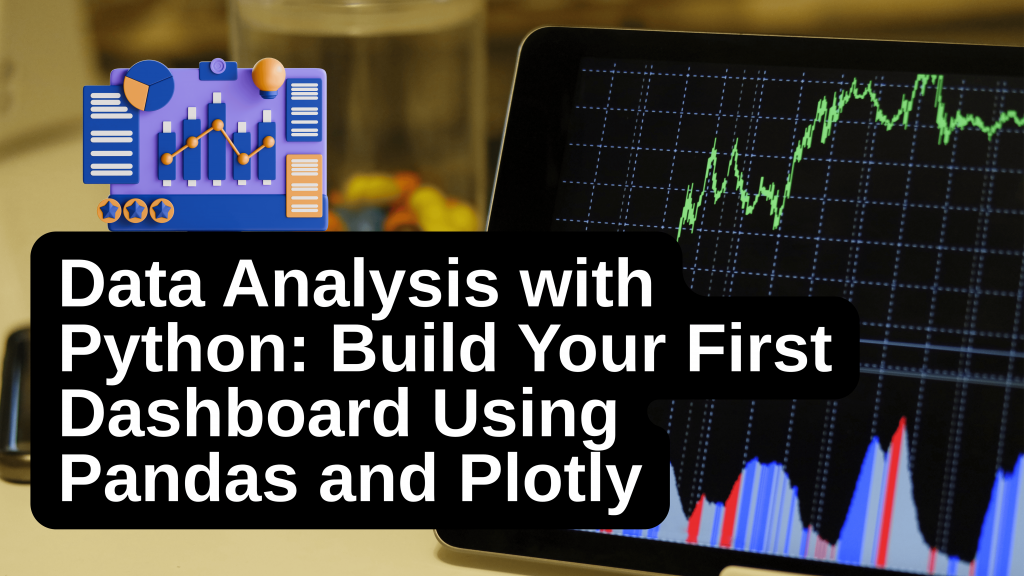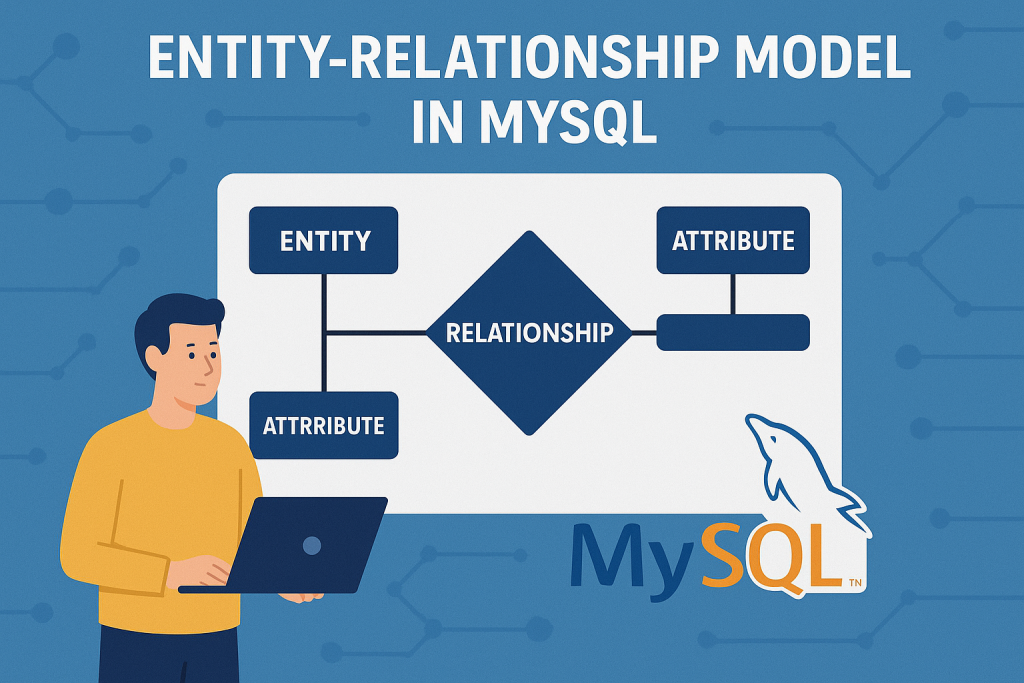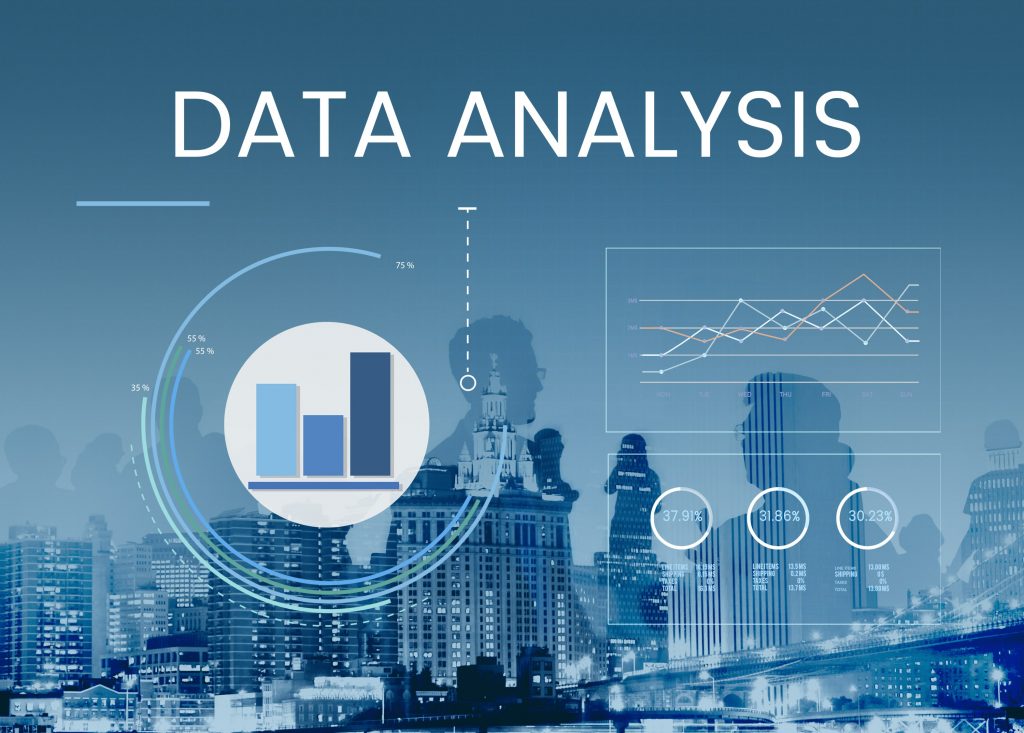A Step-by-Step Beginner’s Guide to Visualizing and Exploring Data Interactively
Introduction
Data is one of the most valuable assets in any business today, but raw data alone doesn’t tell a story.
That’s where data analysis and visualization come in.
In this guide, we’ll explore how to analyze data in Python and build your first interactive dashboard using Pandas and Plotly, two of the most popular tools in the data analytics world.
By the end, you’ll also learn how to deploy it online using Streamlit, so others can interact with your insights in real time.
What You’ll Learn
Here’s what we’ll cover:
- Cleaning and analyzing data with Pandas
- Creating interactive visualizations with Plotly
- Building a simple dashboard with Streamlit
- Deploying your dashboard online for free
Step 1: Setup Your Environment
Before we dive in, make sure Python is installed on your system.
Next, install the required libraries:
pip install pandas plotly streamlit
Step 2: Prepare a Sample Dataset
Let’s use a simple sales dataset. Save this as sales_data.csv:
Date,Product,Sales
2025-01-01,Phone,150
2025-01-02,Laptop,200
2025-01-03,Tablet,120
2025-01-04,Phone,180
2025-01-05,Laptop,220
This represents daily sales of different products.
Step 3: Load and Clean Your Data
Now, let’s read and clean the dataset with Pandas:
import pandas as pd
# Load data
df = pd.read_csv("sales_data.csv")
# Convert 'Date' column to datetime
df['Date'] = pd.to_datetime(df['Date'])
# Check the data
print(df.head())
Output:
Date Product Sales
0 2025-01-01 Phone 150
1 2025-01-02 Laptop 200
2 2025-01-03 Tablet 120
Step 4: Analyze the Data
Let’s find out which product sold the most:
sales_summary = df.groupby('Product')['Sales'].sum().reset_index()
print(sales_summary)
Output:
Product Sales
0 Laptop 420
1 Phone 330
2 Tablet 120
Step 5: Create an Interactive Visualization
Now, let’s create a bar chart using Plotly Express:
import plotly.express as px
fig = px.bar(
sales_summary,
x='Product',
y='Sales',
color='Product',
title='Total Sales by Product'
)
fig.show()
You’ll get a colorful, interactive chart where you can hover over each bar to see exact values.
Step 6: Build a Dashboard with Streamlit
Create a file named dashboard.py and add the following code:
import streamlit as st
import pandas as pd
import plotly.express as px
st.title("📈 Sales Dashboard")
# Load and prepare data
df = pd.read_csv("sales_data.csv")
df['Date'] = pd.to_datetime(df['Date'])
sales_summary = df.groupby('Product')['Sales'].sum().reset_index()
# Plot
fig = px.bar(
sales_summary,
x='Product',
y='Sales',
color='Product',
title='Total Sales by Product'
)
# Display chart
st.plotly_chart(fig)
Run it locally with:
streamlit run dashboard.py
Then open the link that appears in your terminal, your dashboard will be live!
Step 7: Deploy Your Dashboard Online
You can deploy your Streamlit app easily using:
- Streamlit Cloud (Free hosting)
- Render
- Railway
Once you push your code to GitHub, connect your repository to any of these platforms and deploy with one click.
Conclusion
You’ve just created your first interactive data dashboard with Python!
This simple project demonstrates how to:
- Clean and analyze data using Pandas
- Visualize it interactively with Plotly
- Share insights live using Streamlit
From here, you can expand your dashboard with filters, multiple charts, or even live data updates.



